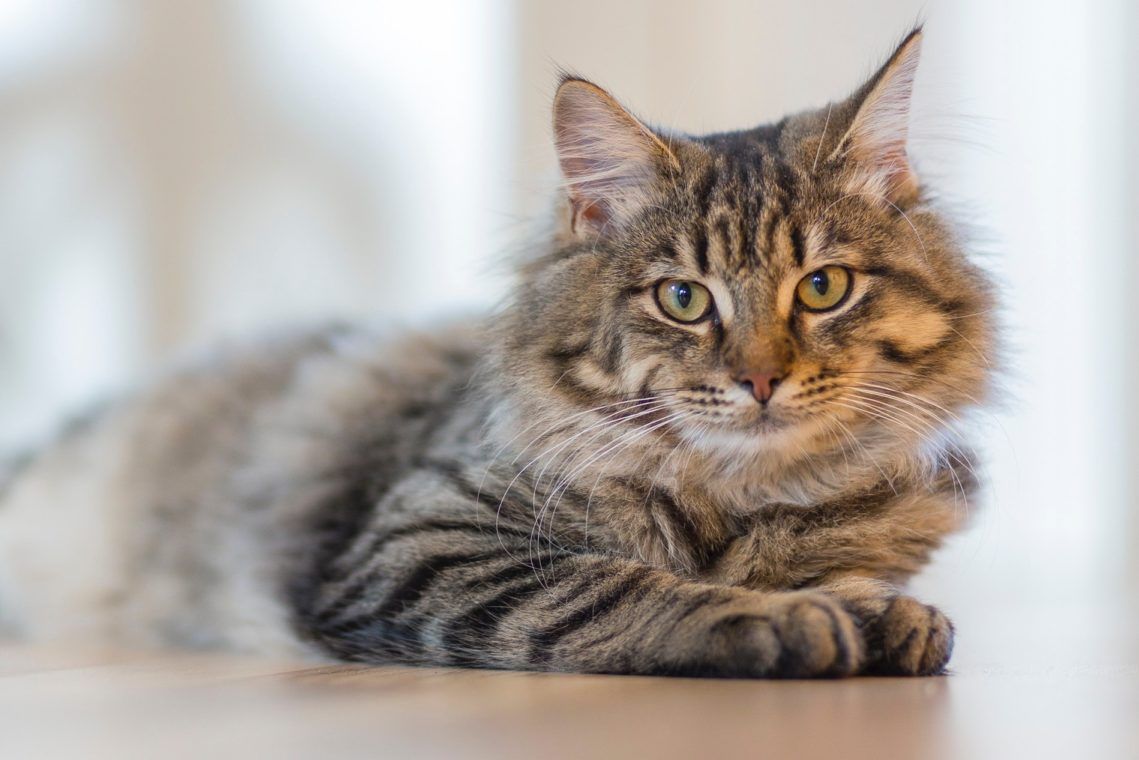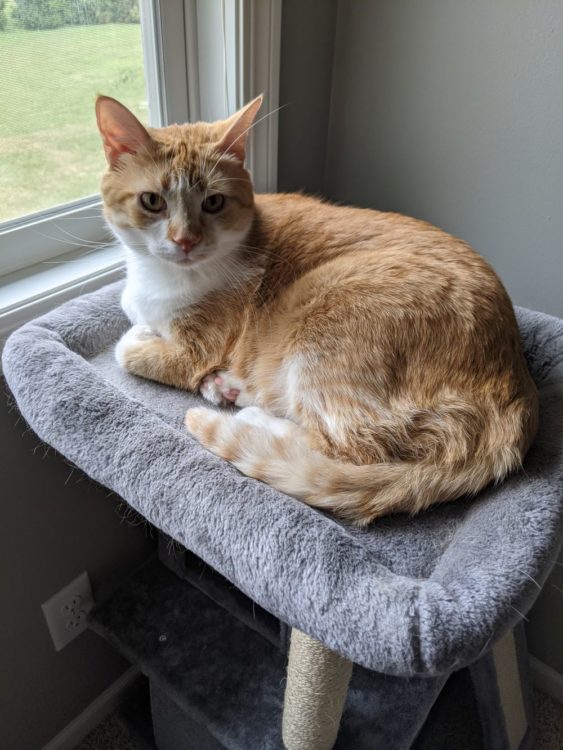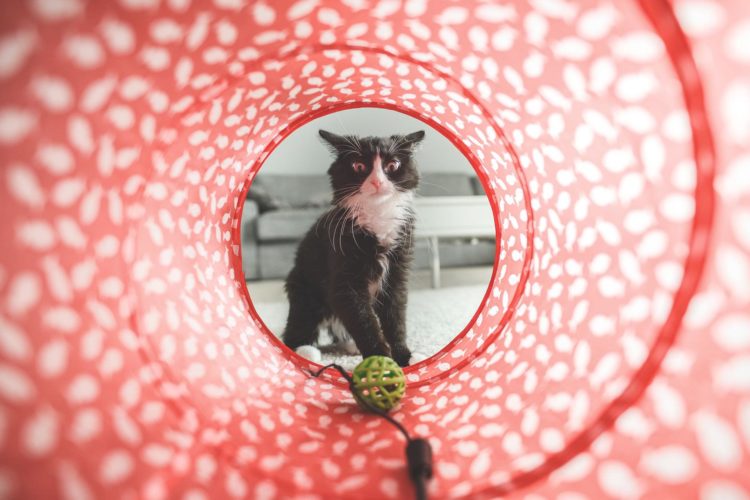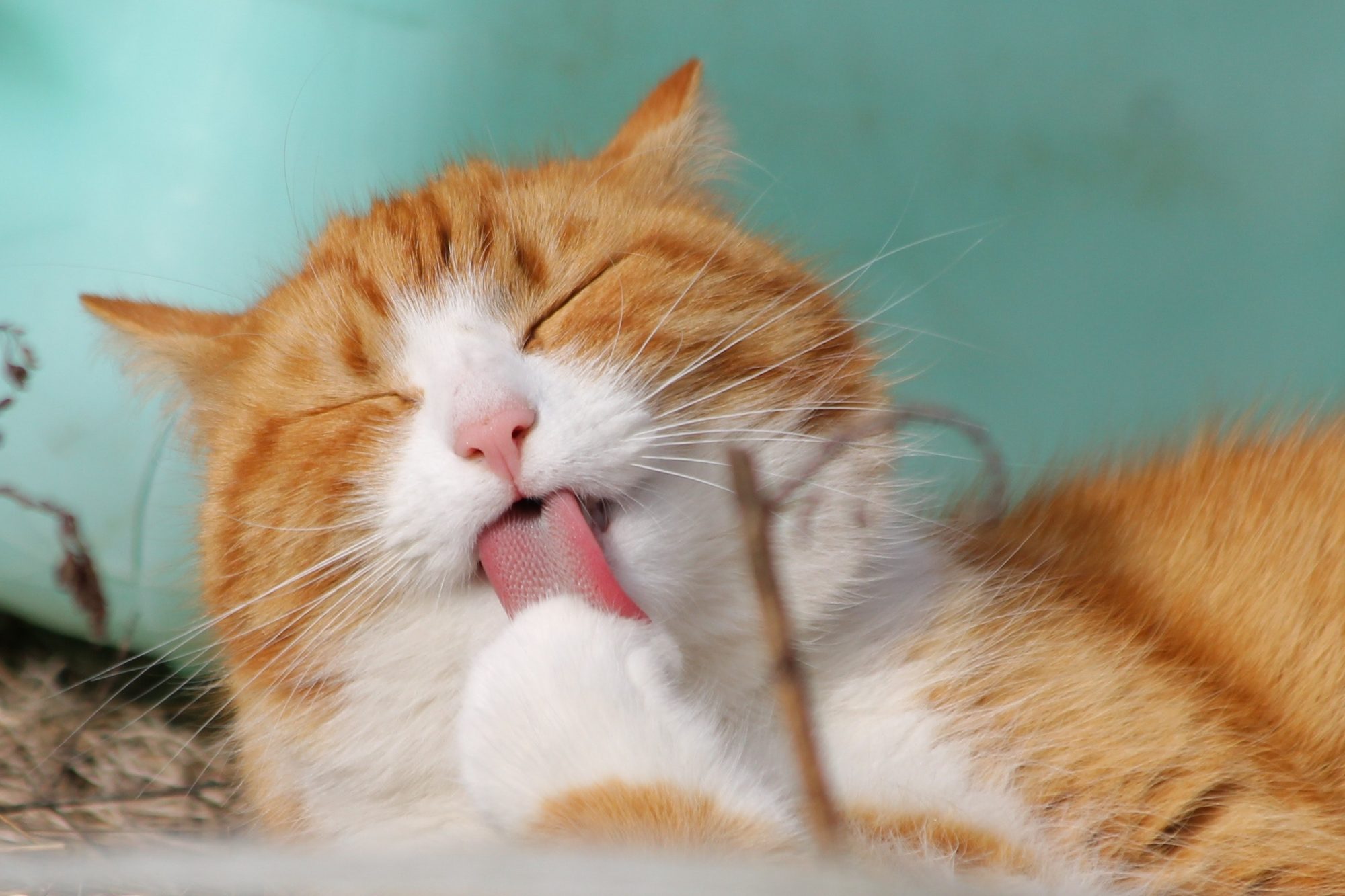Guest post courtesy of Dr. Jean Hofve. The views and opinions expressed in this article are those of the guest author and do not necessarily represent the views of Val Heart & Heart Communication Enterprises Inc. This article was previously published December 14, 2014 and was updated on May 13, 2022.
Why do many cat owners “limit” their pets to lives as indoor cats?
Cats are smart, and they naturally know everything they need to know about being a cat. However, they do not know about things like cars, dogs, infectious diseases, and other outdoor hazards. Like young children, cats need to be protected from dangers they can’t anticipate or handle. That’s why Little Big Cat recommends that cats be kept indoors, and not allowed to roam loose outside. (See our article “Indoors or Outdoors” for more information.)
Now, many people think that this is cruel. They say that nature intended for cats to wander (and hunt, and fight!), and this is true. But nature is also cruel in its own way, and free-roaming outdoor cats tend to die young. In this modern society, we all have to make many accommodations in order to live safe, healthy lives, and this goes for our cats, too.
While keeping cats indoors it is the safest choice, this can create its own problems. A reader recently asked about converting a former free-roamer to an indoor lifestyle and in a recent newsletter, I told you about “OCD” (obsessive-compulsive disorder) in indoor cats. So how can we keep our cats not only safe, but also physically, mentally, and emotionally fulfilled? It’s vital to create an indoor environment that provides mental and physical stimulation as well as social interaction, to ensure our cats’ overall health and happiness. I’ve also found a great article that may be helpful in figuring out what your indoor cat dislikes. Give it a read!
Environmental Enrichment
That’s where “Environmental Enrichment” comes in. This term originally described the need to provide something besides a barren wire crate for highly intelligent primates housed in experimental laboratories, but it’s equally applicable to any confined animal, including stabled horses, zoo animals and, nowadays, pets that are housed primarily indoors. The Ohio State University is a pioneer of indoor enrichment for cats in particular; and they have recently expanded the concept to include dogs that spend most of their time inside.
Indoor enrichment has many facets that address the many needs and natural behaviors of cats. Besides the fundamental necessities of food, water, bed, and litter box, cats need to satisfy their sense of territory, social impulses, and perhaps most importantly, their hunter instincts.
Territory
For a cat, territory encompasses not only the square footage of your home, but the vertical dimension as well. Many cats like to climb; a high vantage point makes them feel safe. Cat furniture that provides shelves and climbing opportunities doubles as a visual and scent marker for the cat to scratch (and protects furniture from the same behavioral drives). Window shelves also allow the cat to watch the great outdoors without being exposed to its dangers.
Safe Access
A secure outdoor enclosure is a good way to give your cat access to fresh air and sunshine without the dangers of roaming free. Click here to read about outdoor safety for indoor cats.
Hunting
Cats live to hunt. It is a hard-wired instinct that must be satisfied for our cats to be mentally healthy. The playful stalking and pouncing that so delights us in kittens is actually preparing them for survival as adults. Indoor cats don’t need to hunt to eat, but they still need to express those instincts.
Indoor Enrichment Tools
- Play and treat balls (SlimCat, Deli Dome)
- Cat grass
- Play Therapy
- Other exercises (prey facsimiles, rotate toys, walks)
- Clicker training
- Cat furniture
- Climbing frames (KatWallks, Crazy Cat Wall)
- Bird feeders, fish tanks, cat videos
- Outdoor enclosures (Habicats, Catios)
Recommended for you! Cat lovers also enjoyed these popular posts:
Bladder Stones and Urine Crystals in Cats – Is There a Cat Food That Helps Prevent Urinary Problems?
Cat Gingivitis – Two Natural Ways to Resolve it
The Causes, Symptoms and Solutions for Cat Hairballs








Leave a Reply